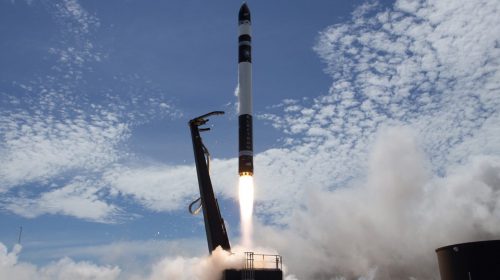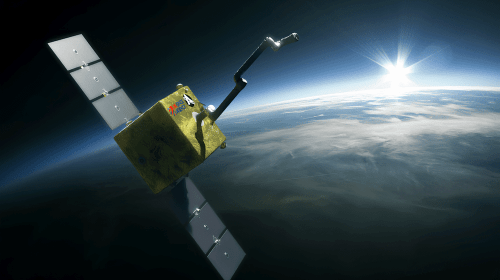North Korean leader Kim Jong-Un is urging his country’s scientists to work harder and glorify his country as a “space power.”
North Korea wants stronger presence in space
North Korean leader Kim Jong-Un is urging his country’s scientists to work harder and glorify his country as a “space power.”
Jong-Un vowed to launch more satellites, according to recent reports in state media.
“The status of the North as a satellite producer-launcher remains unchanged though the hostile forces deny it and its space development can never be abandoned, no matter who may oppose,” he said.
The new, 13,770 square-metre command centre will provide a “solid springboard for continued launch of various working satellites,” the state news agency reported.
In December of 2012 North Korea launched a satellite into orbit, describing it as a purely peaceful scientific project.
But the UN condemned the move as a disguised ballistic missile test, banned under the UN resolutions triggered by its nuclear tests in 2006 and 2009.
Pyongyang, angered by fresh UN sanctions following the launch, conducted its third nuclear test – its most powerful to date – in February 2013.
The 2012 satellite launch was seen as a major step forward for North Korea’s nuclear weapons program, as long-range missile delivery capability had long been cited as its main weakness.
Analysts say development of a working, long-range missile capable of reaching the US would mean the North’s regular nuclear strike warnings would be taken more seriously.
But the country is yet to conduct a test showing it has mastered the technology required for an effective intercontinental ballistic missile.





